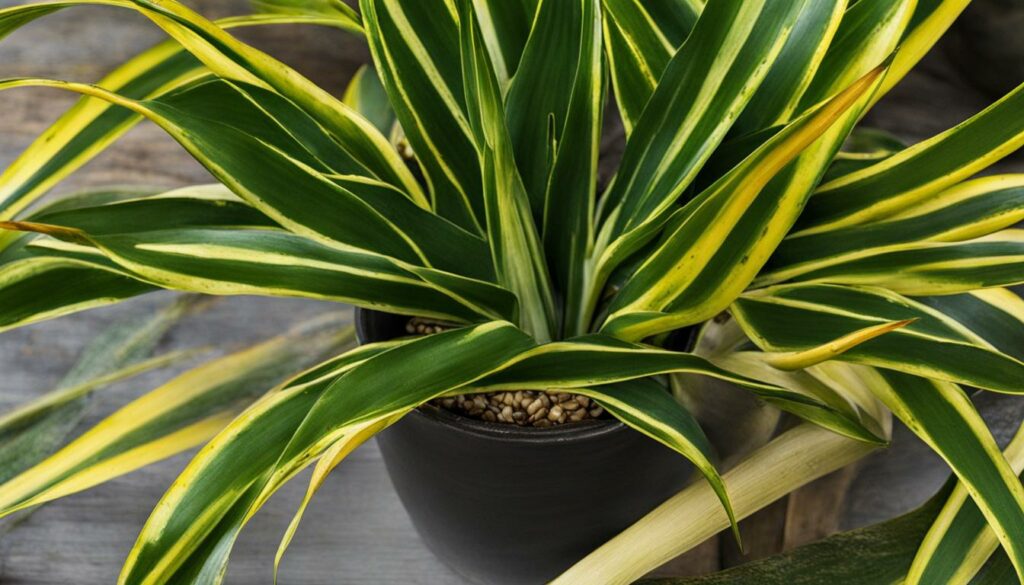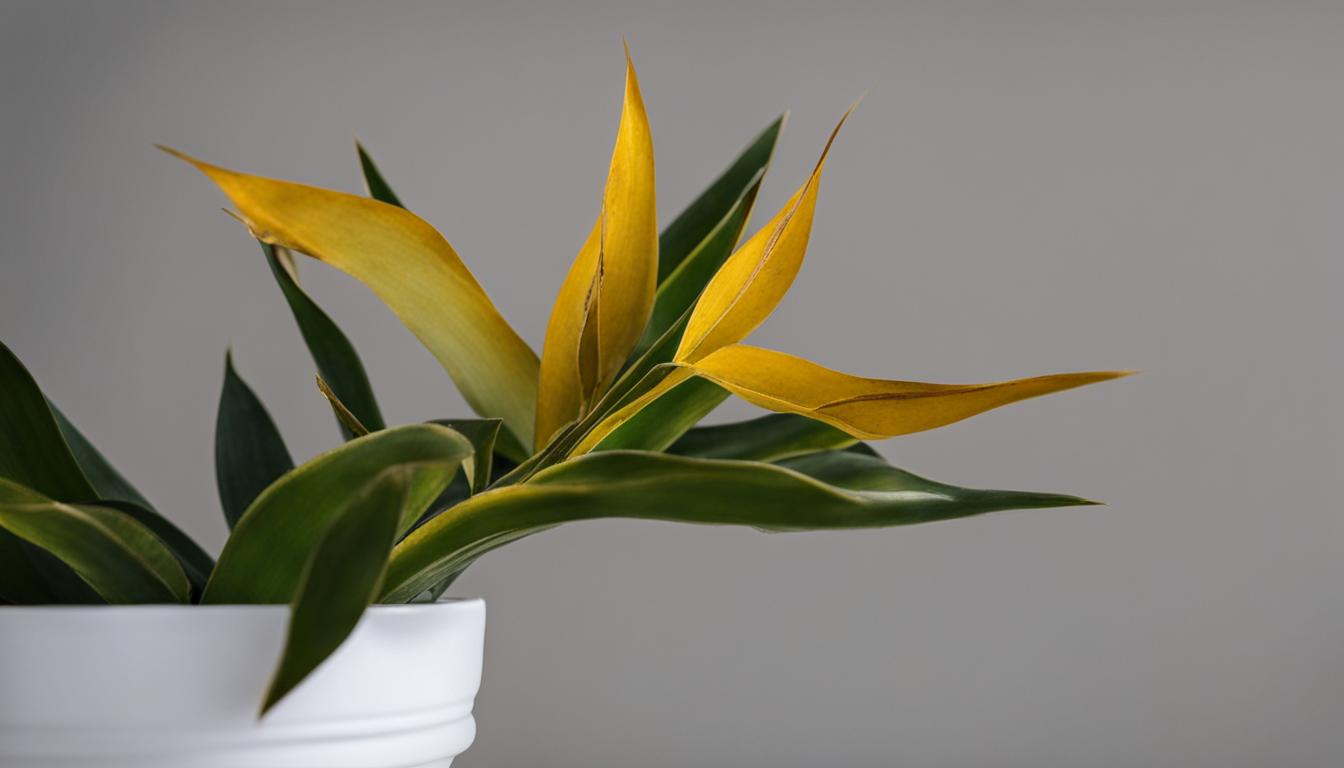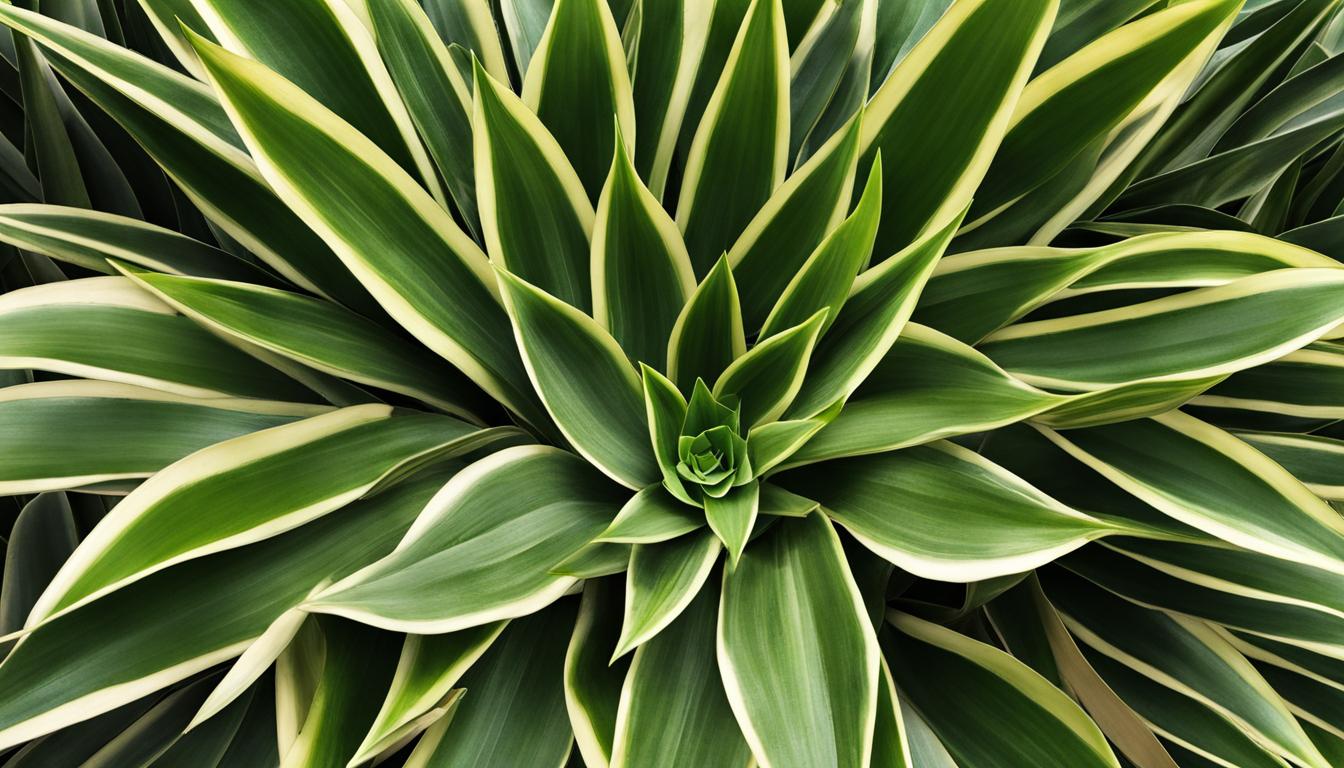Snake Plants, also known as Sansevieria, are popular houseplants known for their ease of growth. However, even these hardy plants can experience certain issues. In this article, we will explore the common problems that snake plant owners may encounter and provide troubleshooting tips to help you care for your plant.
From drooping leaves to yellowing leaves, root rot, pests, and fungal infections, we will address these common issues step by step. By understanding the causes and implementing the right care, you can ensure the health and longevity of your snake plant.
Drooping Leaves and Overwatering
One of the common issues that snake plant owners may encounter is drooping leaves. This can be a sign of overwatering, which is a common mistake when caring for these plants. Snake plants have succulent-like leaves that store water, allowing them to withstand periods of drought. However, when they receive too much water, it can lead to root rot, causing the leaves to droop.
To remedy this issue, it is important to adjust your watering schedule. Snake plants prefer to dry out between waterings, so only water when the top inch of soil is dry. Additionally, ensure that the pot has drainage holes to allow excess water to escape. If your snake plant is already experiencing root rot, you may need to trim off affected roots, repot the plant in fresh well-draining soil, and refrain from watering until the roots recover.

The Importance of Proper Watering
Proper watering practices are crucial for the health of snake plants. Overwatering not only leads to root rot and drooping leaves but can also make the plant more susceptible to other issues such as pests and fungal infections. By avoiding overwatering and providing the right amount of moisture, you can help your snake plant thrive.
| Signs of Overwatering | Signs of Underwatering |
|---|---|
|
|
| Note: While drooping leaves can be a sign of both overwatering and underwatering, it’s important to consider other factors such as the condition of the soil and root system. | |
“Snake plants have adapted to survive in arid environments, making them more tolerant of underwatering than overwatering. It’s better to err on the side of underwatering than overwatering when it comes to snake plants.”
Remember, snake plants prefer to be slightly underwatered than overwatered. By understanding the signs of overwatering and providing the right amount of water, you can ensure your snake plant stays healthy and vibrant.
Yellowing Leaves and Lack of Light
One common issue that snake plant owners may encounter is yellowing leaves. This can be attributed to both overwatering and underwatering. When a snake plant is overwatered, it can lead to root rot, causing the leaves to turn yellow. On the other hand, underwatering or inconsistent watering can also result in yellow leaves. Therefore, it is important to strike a balance and provide your snake plant with just the right amount of water.
In addition to watering, the lack of light can also contribute to yellowing leaves. Snake plants require bright indirect light and some direct sunlight for a few hours a day. If your plant is not receiving enough light, it may stretch and grow thin, resulting in yellowing leaves. To address this issue, try placing your snake plant near a window where it can receive ample sunlight. Alternatively, you can also consider using artificial grow lights to supplement the light requirements of your snake plant.
How to Fix Yellowing Leaves
To remedy the problem of yellowing leaves, it is important to assess and adjust both the watering and lighting conditions for your snake plant. Here are some steps you can take:
- Check the moisture level of the soil before watering. Only water when the top few inches of soil are dry.
- Ensure that the pot has drainage holes to prevent water from sitting in the bottom, leading to root rot.
- Place your snake plant in an area with bright indirect light. If natural light is limited, consider using a grow light.
By paying attention to the watering schedule and providing adequate light, you can help prevent yellowing leaves and maintain the overall health of your snake plant.

Table: Comparison of Watering and Lighting Conditions
| Issue | Overwatering | Underwatering | Lack of Light |
|---|---|---|---|
| Leaves Turning Yellow | ✓ | ✓ | ✓ |
| Root Rot | ✓ | – | – |
| Stretching and Thin Growth | – | – | ✓ |
| Recommended Fix | Adjust watering schedule, trim affected roots, and repot | Water consistently and adjust watering frequency | Provide more light through natural sunlight or grow lights |
Pest Infestation and Fungal Infections
Snake plants, like any other houseplants, are susceptible to pest infestations and fungal infections. Common pests that can affect snake plants include thrips, mites, whiteflies, and mealybugs. These tiny invaders can cause significant damage to the leaves and sap the plant’s vitality. Regularly inspect your snake plant for signs of pests, such as webs, sticky residue, or tiny moving insects. If you notice any pest activity, take immediate action to remove them.
Fungal infections can also pose a threat to snake plants. Diseases like southern blight and powdery mildew can lead to the formation of brown spots, gray patches, and distortion of leaves. To combat fungal infections, it’s essential to promptly prune affected leaves and apply organic fungicides. Additionally, ensure proper air circulation around your snake plant to prevent the growth and spread of fungi.
Remember, prevention is key when it comes to pests and fungal infections. Maintain good plant hygiene by keeping your snake plant clean and dust-free. Avoid overwatering and provide adequate drainage to prevent waterlogged soil, which can create a favorable environment for pests and fungi. If the pest infestation or fungal infection becomes severe and uncontrollable, it may be necessary to remove the affected snake plant to protect other plants in your collection.
FAQ
What are some common problems with snake plants?
Common problems with snake plants include drooping leaves, yellowing leaves, root rot, pests, and fungal infections.
Why do snake plant leaves droop?
Snake plant leaves can droop due to overwatering, which can cause root rot. Underwatering can also cause leaves to droop.
How can I fix drooping leaves on my snake plant?
To fix drooping leaves, adjust your watering schedule and only water when the soil has dried out. If the roots are damaged, trim off the affected areas and repot the plant in fresh soil.
Why do snake plant leaves turn yellow?
Snake plant leaves can turn yellow due to overwatering, underwatering, or a lack of light.
How can I prevent yellowing leaves on my snake plant?
To prevent yellowing leaves, adjust your watering routine and make sure your snake plant is receiving enough bright indirect light and some direct sunlight for a few hours a day.
What pests can infest snake plants?
Snake plants can be prone to infestations from pests such as thrips, mites, whiteflies, and mealybugs.
How do I deal with pests on my snake plant?
Regularly check your snake plant for signs of pests and take appropriate measures to remove them. This can include manually removing them, using organic pest control methods, or in severe cases, removing the plant to prevent spreading to other plants.
What fungal infections can affect snake plants?
Snake plants can be affected by fungal infections such as southern blight and powdery mildew.
How can I control fungal infections on my snake plant?
Prune affected leaves and apply organic fungicides to control fungal infections. If the infection is severe, consider removing the plant to prevent spreading to other plants.



